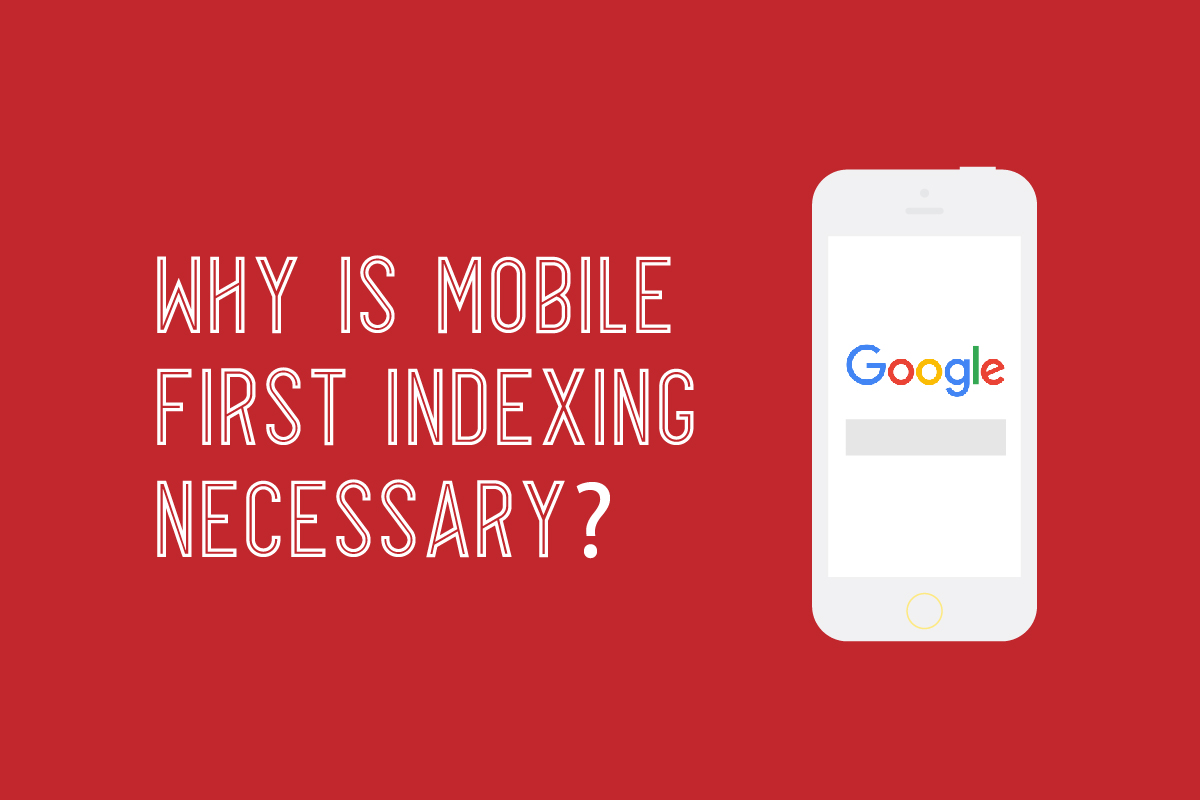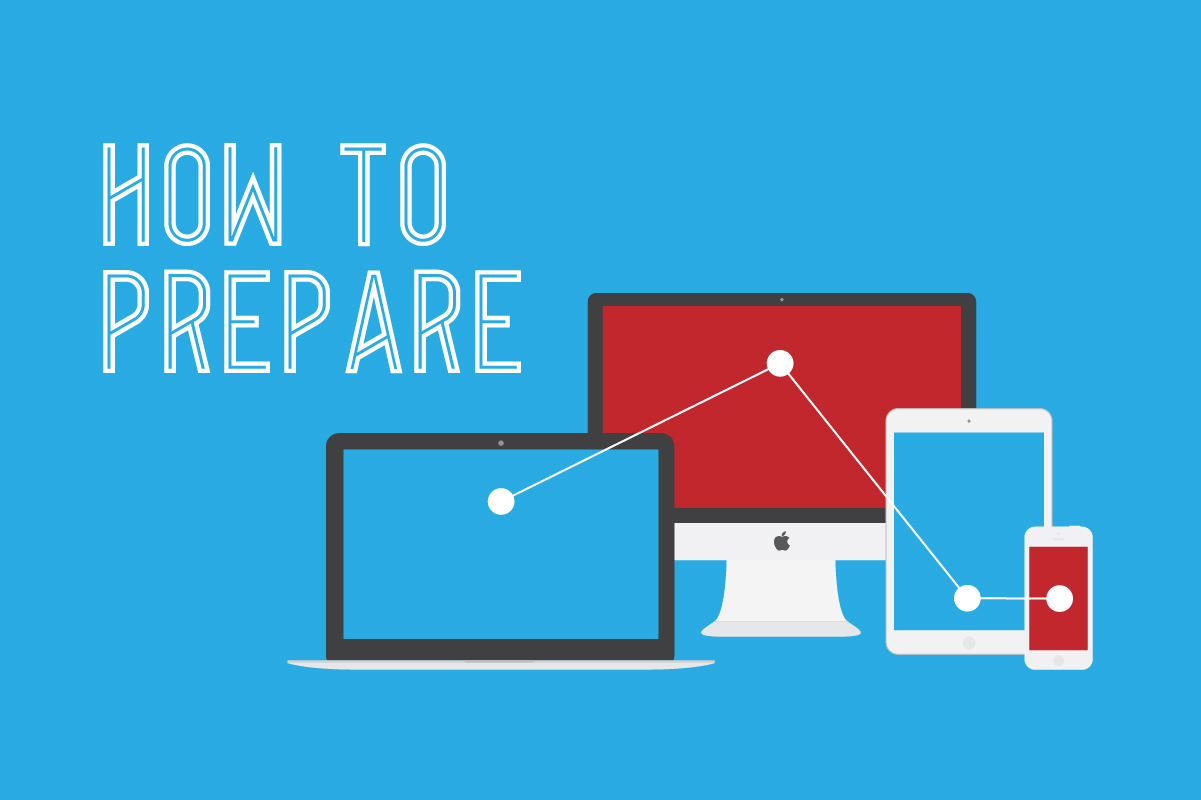 Kate Andersen |
07.25.18 |
3 min read
Kate Andersen |
07.25.18 |
3 min read How Mobile-First Indexing Will Impact Your Business

You may be hearing a lot of buzz about "mobile-first" indexing, which officially started rolling out a few months ago. It's one of the latest developments in Google's ongoing effort to make the web more mobile friendly. It's a pretty big deal, so here's the lowdown on what you need to know.
Just like it sounds, mobile-first means the mobile version of your website is the starting point for Google bots to search. They will then prioritize all of the mobile sites they find in their search results.
What this means is that if a business offers a great mobile experience, they will receive a natural boost in their rankings - even if someone is searching from their desktop. On the flipside, if a site isn't mobile friendly, its rankings will be negatively impacted.
It's important to note that this isn't "mobile-only" indexing. Desktop versions will still be considered, it's just that they will be much farther down on a list of search results.
What does mobile-first mean?
Just like it sounds, mobile-first means the mobile version of your website is the starting point for Google bots to search. They will then prioritize all of the mobile sites they find in their search results.
What this means is that if a business offers a great mobile experience, they will receive a natural boost in their rankings - even if someone is searching from their desktop. On the flipside, if a site isn't mobile friendly, its rankings will be negatively impacted.
It's important to note that this isn't "mobile-only" indexing. Desktop versions will still be considered, it's just that they will be much farther down on a list of search results.

Why is mobile-first indexing necessary?
There has been a shift in thinking by consumers, and therefore Google. Desktop is no longer the main priority. Today, 52.2% of all worldwide online traffic was generated through mobile phones, up from 50.3% in the previous year (Statista, 2018).
As mobile use is growing, Google is responding. And if you're a business owner, marketing professional, or simply anyone who owns a website, it's important for you to respond, as well.

How to prepare for mobile-first indexing?
At the risk of sounding like captain obvious, the first thing you can do is make sure your site has a mobile version. Even better is to have a site that's fully responsive. What this means is that your site automatically responds and changes to the user's environment based on screen size, platform and orientation. So, a website that looks good on a desktop will automatically respond and look great when it's pulled up on a mobile device.
At Matchstick Studio, we've known the importance of having a seamless desktop-to-mobile experience for quite some time, which is why all of our projects are built to be responsive from the ground up. We ensure all screen sizes (including future screens) work well, so there's never a worry about a site not looking good on any device. And now, we can ensure that all of our clients are in a good position for mobile-first indexing.
Another important consideration for mobile-first indexing is your site's speed and load time. As more people use mobile devices, and Google prioritizes mobile sites, the crawl rate on your site will likely increase. Your host servers need to be able to withstand this vast increase without crashing. So, addressing crash-culprits like compressing large image files, will play an important role in how well your site performs and is ranked with Google.
Once you have a mobile-friendly site that's lightning fast, you'll want to be sure your content is optimized for a great mobile experience. Since mobile devices have smaller screen sizes, it's essential to have information that's easily accessible and understandable. Incorporate buttons, links, and collapsible tabs to keep information organized and make the best use of space. Add important call-to-action buttons and put your best images toward the top of the screen to grab attention before you lose any potential viewers.
Of course, there are other techy things you can do to be mobile-first ready, but these few things will immediately and definitely put you on the right path. If you find yourself needing a pro to take a look at your site or rework your site completely for today's search engines, give us a call. We'd love to help your business rise to the top.




